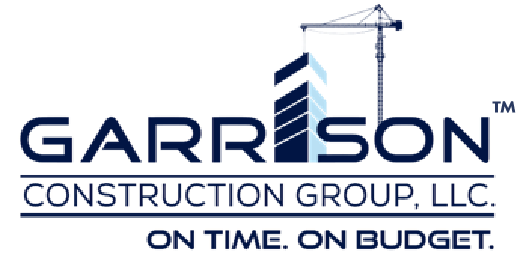2017 Q4 Colliers Industrial Real Estate Recap
Houston Strong is real! According to the Colliers International 2017 Q4 Houston Industrial Real Estate Report even when some markets are low, Houston stays persistent as a competitive player with a “truly balanced economy.” Industrial real estate played a key role in that balance, along with an increasing concentration of e-commerce distribution, the Port of Houston and other factors. Houston proves that its diversified economy can withstand downturns.
A REPEAT OF THE 1980'S OIL BUST?
In 2009-2014, when oil and gas was increasing, Houston markets felt it. An increase of jobs, investments, property, and equipment added to the economic boom during these high times. When markets fell in 2015, many “outsiders...declared that it would be the 1980’s all over again.” The downturn led to broken commitments and contracts within Houston’s industrial real estate market, but Houston did not experience a repeat of the 1980's oil bust, a testament to the city's now more diversified economy.
INDUSTRIAL REAL ESTATE BRINGS A BALANCE
E-commerce warehousing on the rise
While the energy industry was experiencing a downturn, Houston was simultaneously acquiring a larger share of e-commerce warehouse distribution facilities. Houston’s geographic location as a central point to other major cities, role as a major consumer market as the nations fourth largest city, interstate highway connectivity and accessibility to the Port of Houston naturally brought organic growth within the sector.
Significant examples include multi-million square feet investments from Amazon, UPS, FedEx, Wal-Mart, Home Depot and others to be “closer to to the end users of their products.” This e-commerce boom led to a higher demand for Houston and increased new construction, rental rates, job growth, and output of petrochemical plants.
INDUSTRIAL REAL ESTATE FORECAST
Vacancy, leasing rates & new construction
New construction impacted vacancy, leasing, and construction starts within the industrial real estate sector. Following is a recap of trends reported by Colliers International.
Vacancy Rates Increasing
In the last quarter of 2017, Houston saw an increase in vacancy rates, including “28.1M square feet of vacant industrial space for direct lease, and an additional 1.6M square feet of vacant sublease space.” Market indicators forecast that vacancy will continue to increase, with the North Corridor holding the largest vacancy rate at 7.7%.
Leasing Rates Increasing
During the fourth quarter of 2017, leasing rates increased, reaching 5.6M in square feet at $6.83/ square foot.
New Construction Still Increasing
Indicators forecast that new construction will increase as current under construction projects are being completed. A large portion of the construction is spent on industrial space mostly with distribution warehouses sectors.
HOUSTON MARKETS CAN ADAPT
In summary, Houston markets have shown an "ability to adapt to continually evolving economic forces,” with commercial real estate and in particular industrial real estate playing a key role in balancing the Houston economy during the recent downturn in oil and gas.
WHY WE CARE
The health of the commercial real estate sector and demand for commercial general contracting services go hand in hand. Having a pulse on trends in the Houston commercial real estate market, including industrial, office and retail, helps us to better anticipate and serve market needs.
MORE INFORMATION & SOURCES
For more information on the Colliers International report for Houston 2017 Q4 Industrial Real Estate click here.
The opinions expressed by Garrison Construction Group, LLC do not necessarily reflect the opinions of Colliers International or any other resource cited within this post

